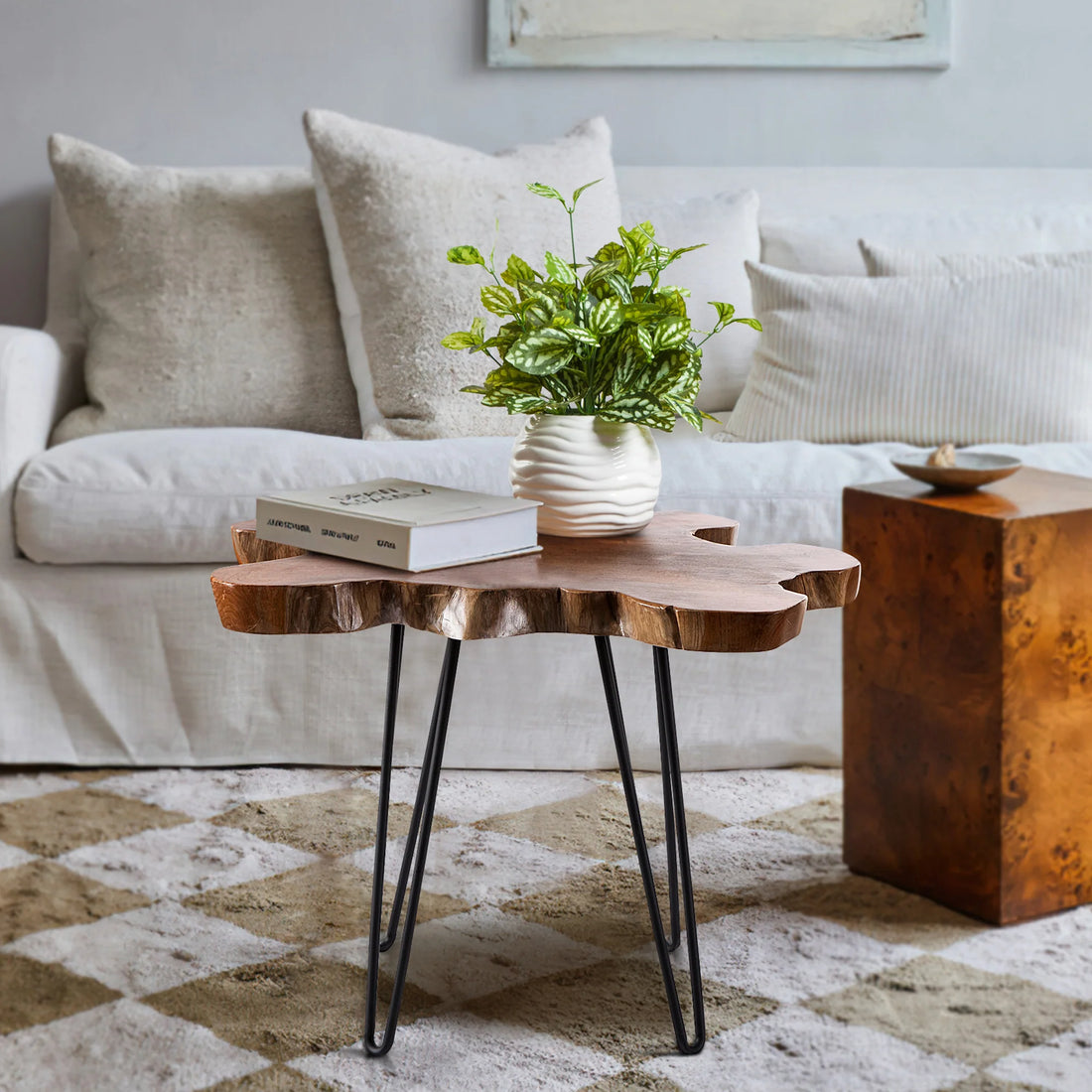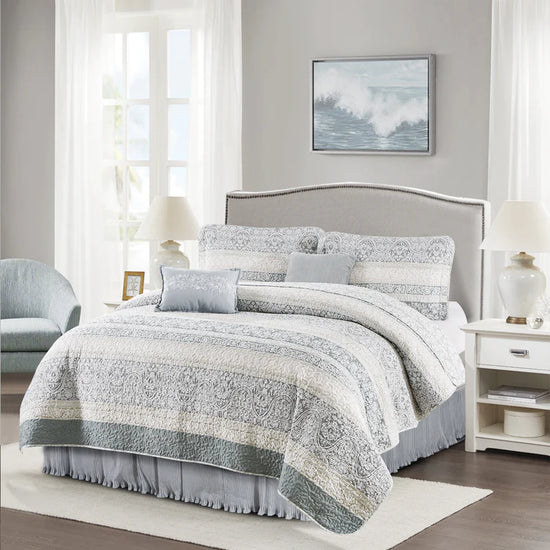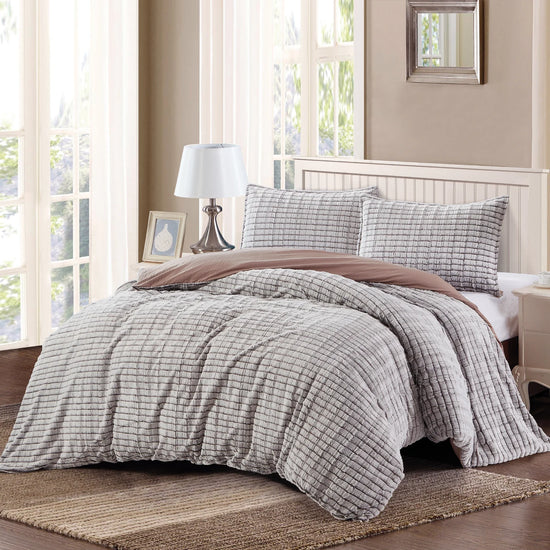With established principles in place, any house and interior design project can be clearly defined. The seven fundamental concepts of balance, unity, rhythm, emphasis, contrast, scale and proportion, and details are the keys to creating joyful and harmonious living spaces that reflect your personality. Let's delve into each one with eagerness and discover how they can help you create your dream home.
Balance
Achieving life balance is perhaps the key to a more rewarding lifestyle. In terms of visual appeal, the same may be said about interior design. Achieving balance in interior design is all about creating a sense of equilibrium and visual stability. There are three types of balance: symmetrical, asymmetrical, and radial.
Symmetrical
This type of balance involves arranging elements in a mirrored or identical manner on either side of a central axis. It creates a sense of order and formality, commonly found in traditional and formal designs.
Consider a dining room with seats opposite one another or a bedroom with side tables and identical lamps on either side of the bed to illustrate the concept of formal balance.
Asymmetrical
As opposed to symmetrical balance, asymmetrical balance involves arranging elements in an uneven manner. It relies on the visual weight of objects to create equilibrium. This type of balance is often used in modern and contemporary designs to add visual interest and create a more dynamic space.
Instead of two identically sized couches facing each other, consider a pair of one-seater chairs or sofas to produce a similar but less symmetrical look that creates an off-kilter room that benefits from the visual weight.
Radial Balance
Radial balance revolves around arranging elements in a circular or radial pattern, with a central focal point. It is commonly used in circular or spiral designs, such as symmetrical flower arrangements or round tables with chairs around them.
A fireplace, for example, may be the focal point in question, and you could then carefully arrange other items facing it.
Unity
Unity is the principle that ties all the elements of a room together, creating a cohesive and harmonious design. It ensures that all the individual components work together seamlessly.
To achieve unity, consider the overall theme or style of the room and select elements that complement each other. This includes coordinating colors, textures, and finishes. By maintaining a consistent design language, you will create a unified and aesthetically pleasing interior.
Rhythm
Like music, proper rhythm can improve interior design settings. The key to implementing this is beautiful repetition that draws the eye in. The good news is that there are numerous ways to accomplish this.
Rhythm refers to the visual flow and repetition of elements within a space. It is responsible for creating a sense of movement and coherence. Achieving rhythm can be done through the repetition of colors, patterns, shapes, or materials.
By incorporating rhythm into your design, you create a harmonious and visually appealing environment. Consider using a repeated pattern in textiles or arranging furniture in a way that creates a visual flow throughout the room.
Use similar furniture styles in your bedroom and living room to generate interesting comparisons for added rhythm. If the style is difficult to imitate, consider the sorts of materials, such as similar wood tones for your furnishings. There are plenty of additional ways to incorporate rhythm into your house – sometimes you just have to look outside the box to find them.
Sizing And Proportion
Proportion is the relationship between objects in terms of size, shape, and scale. It is crucial to create a visually pleasing and well-balanced space. When designing a room, be mindful of the scale of furniture and accessories, ensuring they are proportionate to the size of the room.
By understanding proportion, you can create a sense of harmony and prevent any elements from overpowering or underwhelming the space. Experiment with different proportions to find the perfect balance for your interior.
A huge space with high ceilings, for example, would benefit from heavier furniture with height from a scale standpoint. Large furniture in a tiny space, on the other hand, could be problematic and disrupt the balance.
Contrast
Contrast plays a crucial role in interior design by creating visual interest and highlighting differences between elements.
For instance, light against dark, rough against smooth, or contrasting something significant with something trivial. To learn how to use contrast in your home design, choose a powerful color and combine it with tones of another color from the opposite side of the color wheel.
Emphasis
Emphasis is about drawing attention to specific areas or objects within a space. It helps create visual interest and hierarchy.
The focus principle involves creating a focal point in your area that captures attention as soon as you enter there. A daring piece of art, a colorful throw draped over an otherwise ordinary couch, or a dramatic fireplace that holds court might all be focal points. In either case, emphasis commands attention and enlivens a room.
Harmony
Harmony is the ultimate goal of interior design, bringing together all elements to create a pleasing and unified space. The main point of harmony is to ensure consistency in design elements, such as colors, materials, and styles, throughout the space.
You can also maintain balance and cohesion among various elements, such as furniture arrangements and decorative objects to increase the harmony of your design.
By applying these seven principles of interior design – balance, unity, emphasis, rhythm, contrast, proportion, and harmony – you can transform your space into a visually appealing and functional environment. Understanding these principles will guide you in making informed design decisions to create a place that truly reflects your personal style and meets your needs. Take inspiration from these principles and embark on your interior design journey today!




